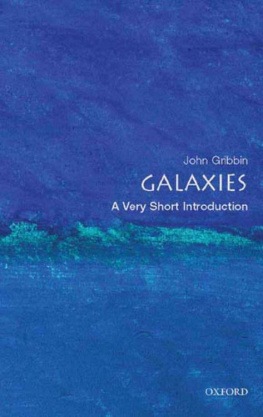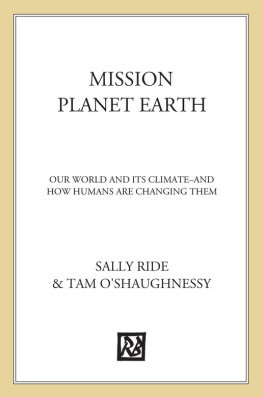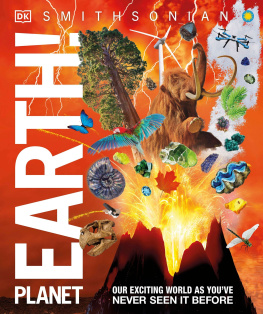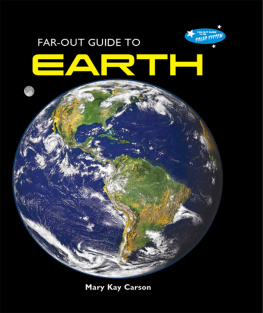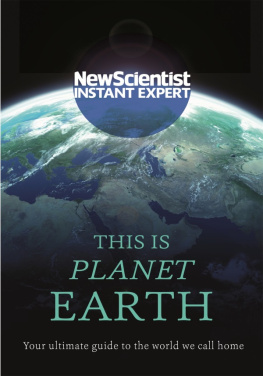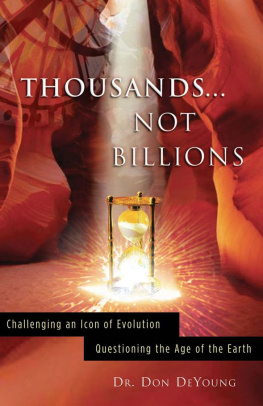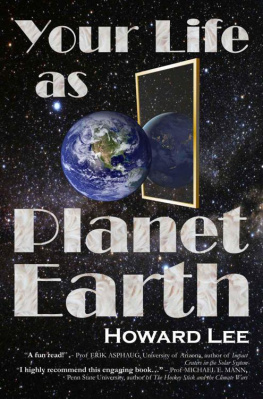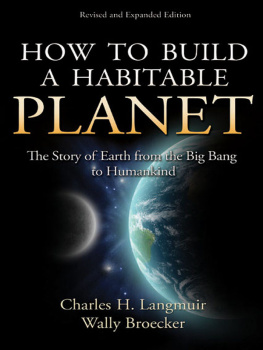Here really is everything you might want to know about the bowels of the Earth and inevitably about plate tectonics, the atmosphere, and more ... An intimate exploration of this unusual (at least in our solar system) and beautiful planet.
An interesting and easily readable overview of the history and evolution of planet Earth and life upon it, with due credit given to the historical contributions of important scientific personalities.
Concisely, authoritatively, and very clearly, John Gribbin has produced an engaging and very up-to-date picture of how the Earth and its organisms have developed over time. A wonderful narrative.
John Gribbin has done it again! Another first-rate account of a subject of immense importance, and beautifully written. From the fires within to the icy poles, the restless continents and dynamic atmosphere, this is a superb introduction to the inner and outer workings of the planet we call home.
ONEWORLD BEGINNERS GUIDES combine an original, inventive, and engaging approach with expert analysis on subjects ranging from art and history to religion and politics, and everything in between. Innovative and affordable, books in the series are perfect for anyone curious about the way the world works and the big ideas of our time.
aesthetics
africa
anarchism
aquinas
art
artificial intelligence
the bahai faith
the beat generation
biodiversity
bioterror & biowarfare
the brain
british politics
the buddha
cancer
censorship
christianity
civil liberties
classical music
climate change
cloning
cold war
conservation
crimes against humanity
criminal psychology
critical thinking
daoism
democracy
descartes
dyslexia
energy
engineering
the enlightenment
epistemology
evolution
evolutionary psychology
existentialism
fair trade
feminism
forensic science
french revolution
genetics
global terrorism
hinduism
history of science
humanism
islamic philosophy
journalism
judaism
lacan
life in the universe
literary theory
machiavelli
mafia & organized crime
magic
marx
medieval philosophy
middle east
NATO
nietzsche
the northern ireland conflict
oil
opera
the palestineisraeli conflict
paul
philosophy of mind
philosophy of religion
philosophy of science
planet earth
postmodernism
psychology
quantum physics
the quran
racism
renaissance art
shakespeare
the small arms trade
the torah
sufism
volcanoes


A Oneworld Paperback Original
Published by Oneworld Publications 2012
This ebook edition published 2012
Copyright John and Mary Gribbin 2012
The moral right of John and Mary Gribbin to be identified as the Authors of this work has been asserted by them in accordance with the Copyright, Designs and Patents Act 1988
All rights reserved
Copyright under Berne Convention
A CIP record for this title is available
from the British Library
ISBN 978-1-85168-828-9
Ebook ISBN 978-1-78074-042-3
Typeset by Cenveo Publisher Services, Bangalore, India
Cover design by vaguelymemorable.com
Oneworld Publications
185 Banbury Road
Oxford OX2 7AR
England
Learn more about Oneworld. Join our mailing list to find out about our latest titles and special offers at: www.oneworld-publications.com
Foreword
Home planet
We live on a planet. Our home is a nearly spherical ball of rock, about 12,700 kilometres (7900 miles) in diameter, covered with a thin smear of water and gas, orbiting around the star we call the sun once every year. As it orbits, the Earth turns on its axis, at present once every twenty-four hours, giving us the cycle of day and night. This has been going on for, in round numbers, 4.5 billion (thousand million) years, the time since the sun and its family of planets formed. That is the extent of the history of terrestrial time, the framework within which the present features of the Earth, including its suitability as a home for life, have evolved.
We cannot tell that whole story here. But we will tell you how the forces that shaped the Earth are still active today, causing earthquakes and volcanoes, ripping the Earths crust apart as ocean basins grow, and pushing landmasses around in a changing pattern that produces collisions between continents in which great mountain ranges grow. Both geological activity and life combine to influence the composition of the air that we breathe, and life itself both responds to changes in the climate of our planet and drives some of those changes, including the present warming of the globe.
The story of our home planet as it is today is not just of interest to Earth scientists, but is of compelling importance to everyone alive on Earth today, at the mercy of inexorable geological forces. Now, lets take our journey.
1
A brief history of terrestrial time
Before we begin the story of our home planet, we should first consider another story of terrestrial time, the story of how pioneering geologists came to realize the true extent of the history of the Earth, and the nature of the forces that have shaped, and continue to shape, the world we live in. That history goes back scarcely more than two hundred years, to the time when scientists in Europe first began seriously to question the idea, derived from a literal interpretation of biblical stories, that the Earth is only some six thousand years old.
The birth of geology
The modern understanding of the Earth began with the work of the Scotsman James Hutton, who had qualified as a physician, but was wealthy enough never to have to work and devoted his life to science. He presented his ideas to the Royal Society of Edinburgh in 1785, and published them in a book, Theory of the Earth, in 1795. The Geological Society of London, the first organization devoted to the study of what are now called the Earth sciences, was founded just twelve years later, in 1807. By then, Huttons pioneering ideas had been popularized by his friend John Playfair in his book Illustrations of the Huttonian Theory of the Earth.
At the end of the eighteenth century, although it was still widely believed that the Earth had been created in 4004 BC , scientists like Hutton were well aware that our plant must be much older than this. The question was, how old? And how had the landscape been shaped into its present form?
The puzzle had been hinted at as far back as 1665, by Robert Hooke, in his book Micrographia. Hooke was one of the founding fathers of science, but doesnt always get the credit he deserves because he was a contemporary of Isaac Newton, compared with whom even the cleverest people look ordinary. Hooke was one of the first people to realize that fossils arent just curiously shaped rocks that happen to resemble living things, but are the preserved remains of living things themselves. Describing ammonites in his book, he wrote that they are the Shells of certain Shelfishes, which, either by some Deluge, Inundation, Earthquake, or some such other means, came to be thrown to that place, and there to be filled with some kind of mud or clay, or




